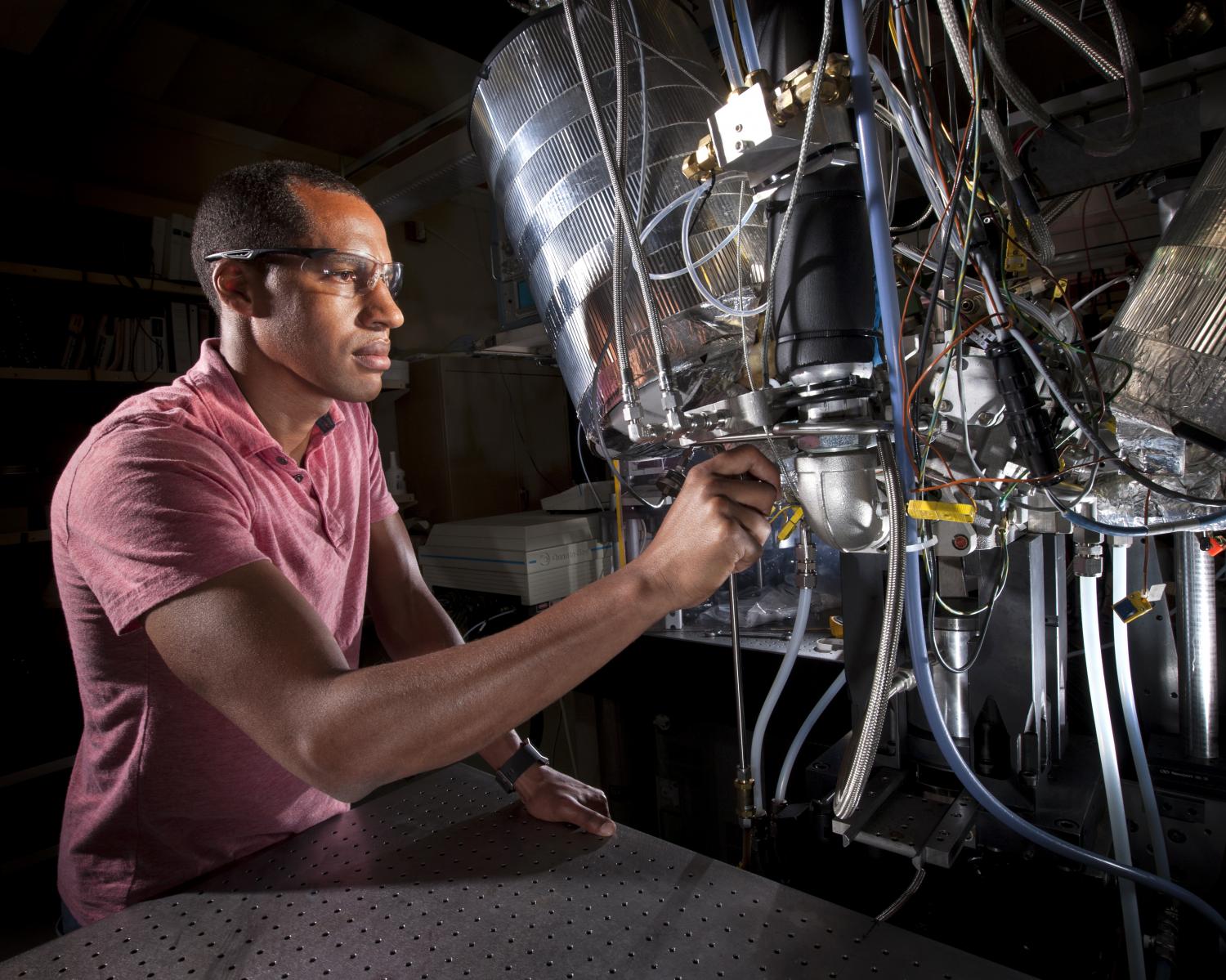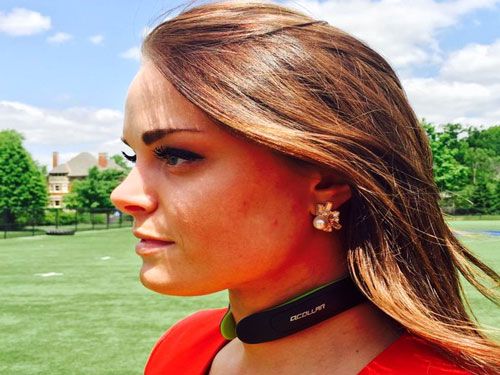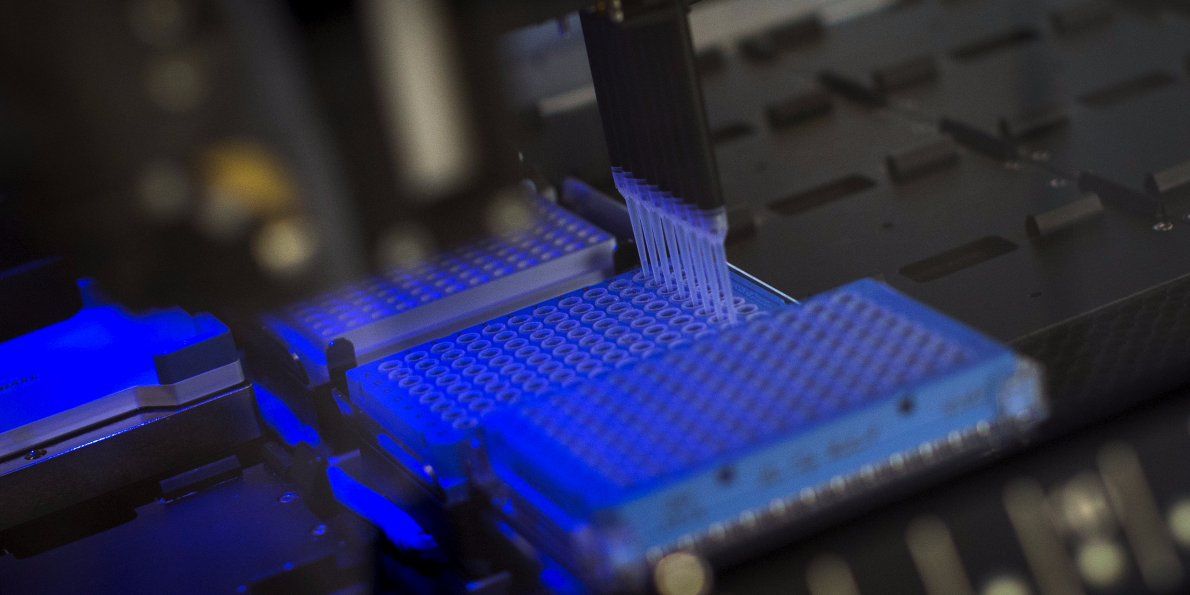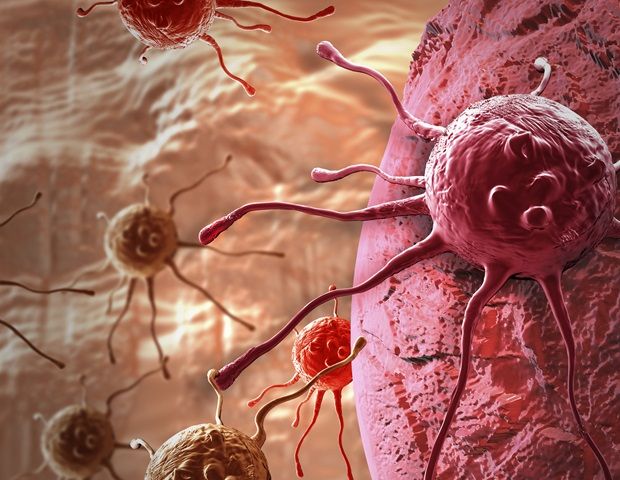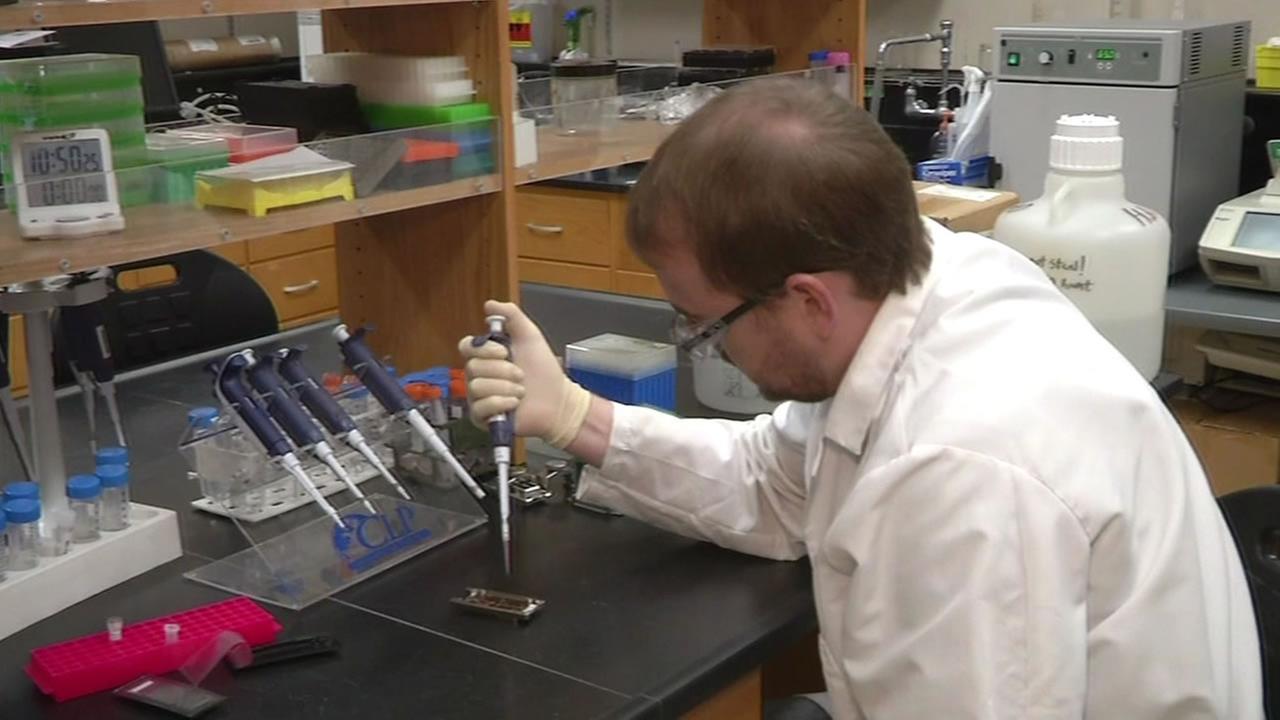Jun 16, 2016
Aggressive, sparkplug-free gasoline auto engines with high efficiency
Posted by Shailesh Prasad in categories: economics, energy, transportation
Researchers at Sandia National Laboratories’ Combustion Research Facility are helping to develop sparkplug-free engines that will help meet ambitious automotive fuel economy targets of 54.5 miles per gallon by 2025.
They are working on low-temperature gasoline combustion (LTGC) operating strategies for affordable, high-efficiency engines that will meet stringent air-quality standards.
Sandia researchers Isaac Ekoto and Benjamin Wolk said the goal of the LTGC project is an engine in which chemically controlled ignition initiates the combustion of dilute charge mixtures.
Continue reading “Aggressive, sparkplug-free gasoline auto engines with high efficiency” »
